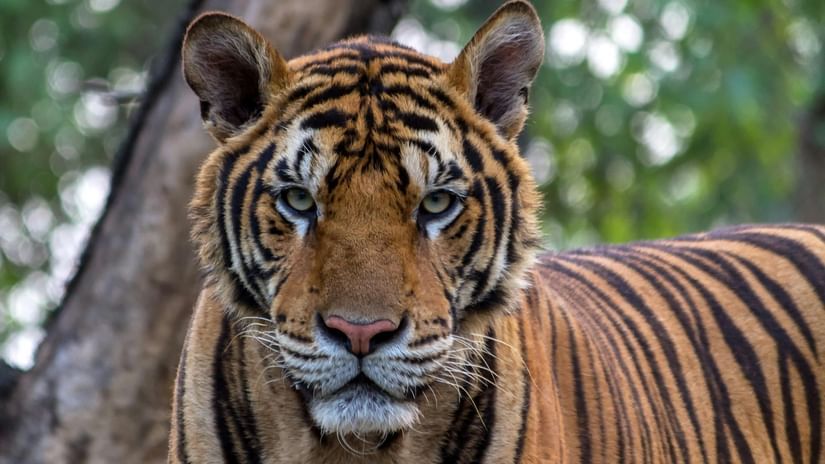City Palace & Government Museum (Vinay Vilas Mahal)
Situated just 4 km from the hotel, the City Palace—also known as Vinay Vilas Mahal—was built in 1793 by Maharao Raja Bakhtawar Singh. This architectural gem seamlessly blends Rajput and Mughal styles, with marble pavilions, painted ceilings, and ornamental balconies. Within the palace complex lies the Government Museum, which showcases an extensive collection of royal artefacts, including rare manuscripts, miniature paintings, weapons, coins, and sculptures. The palace also features an artificial lake and beautifully landscaped courtyards. It offers an immersive glimpse into the grandeur of Alwar’s princely past.
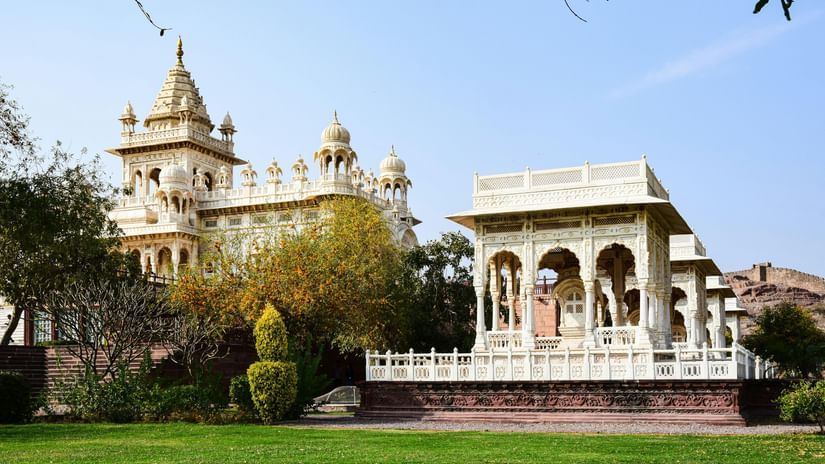
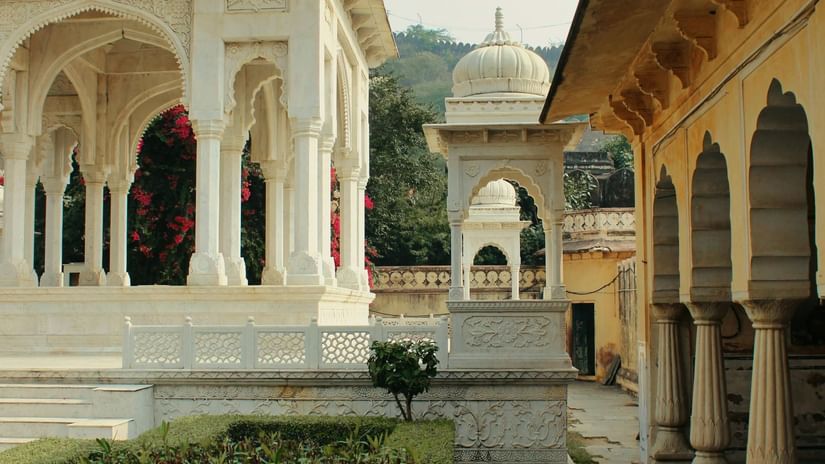
Moosi Maharani Ki Chhatri
Located next to the City Palace and about 4 km from Sarovar Premiere Alwar, Moosi Maharani Ki Chhatri is a striking cenotaph built in 1815 by Maharaja Vinay Singh. It commemorates Maharaja Bakhtawar Singh and his queen, Moosi, who committed sati upon his death. The monument is constructed using red sandstone and white marble, and features intricately carved pillars, floral motifs, and fading frescoes of mythological scenes. It stands beside a water tank that reflects the structure, creating a serene and picturesque setting. The site is especially admired for its peaceful ambience and architectural elegance.
Bala Quila (Alwar Fort)
Located approximately 10 km from Sarovar Premiere, Bala Quila Alwar is a majestic 15th-century hill fort that towers 300 metres above the city. Spanning about 5 km in length and 1.5 km in width, it features imposing bastions, turrets, and six main entrance gates. Originally constructed by the Nikumbh Rajputs and later fortified by the Mughals and Kachhwaha rulers, the fort served both defensive and strategic purposes. Visitors can enjoy sweeping views of Alwar and its surrounding plains, especially at sunrise and sunset. Though partially in ruins, the scale and historic aura of the fort continue to impress all who visit.
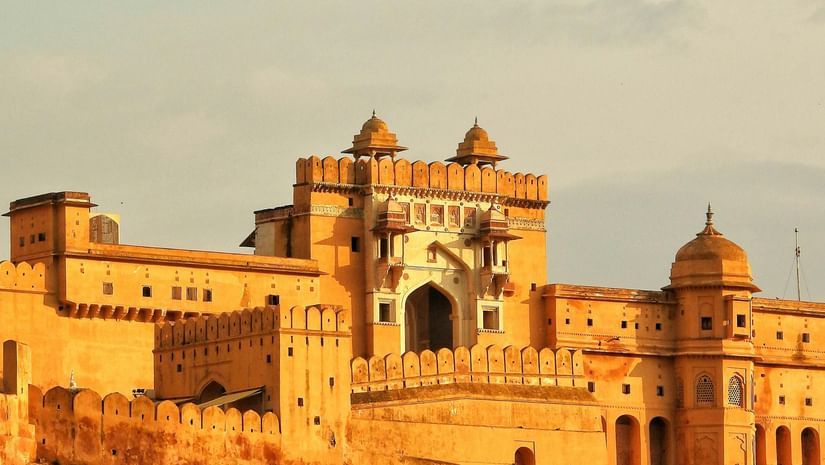
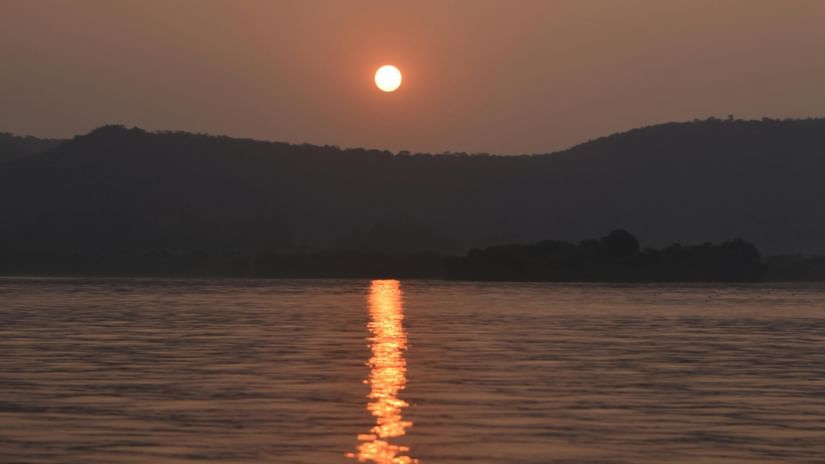
Siliserh Lake & Palace
Roughly 24 km from the hotel, Siliserh Lake was built in 1845 by Maharaja Vinay Singh to provide water to the city of Alwar. Spanning around 7 sq. km., the lake is surrounded by wooded hills and offers a tranquil escape from city life. Overlooking the water is the Alwar Siliserh Lake Palace, a former royal lodge that now functions as a heritage hotel. The lake is popular for boating, birdwatching, and picnics, especially during the cooler months. Its scenic beauty and calm waters make it a favourite among nature lovers and day-trippers alike.
Sariska Tiger Reserve
Situated approximately 56 km from Sarovar Premiere Alwar, Sariska Tiger Reserve is one of India’s premier wildlife sanctuaries, nestled in the Aravalli hills. Once the royal hunting ground of Alwar’s maharajas, it was declared a tiger reserve in 1978 and later a national park. The reserve is home to Bengal tigers, leopards, sambar deer, hyenas, and a wide range of bird species. Visitors can embark on guided jeep safaris to explore the rugged terrain, ancient ruins, and forested landscapes. The reserve also houses temples and forts within its boundaries, offering a mix of natural and historical exploration.
